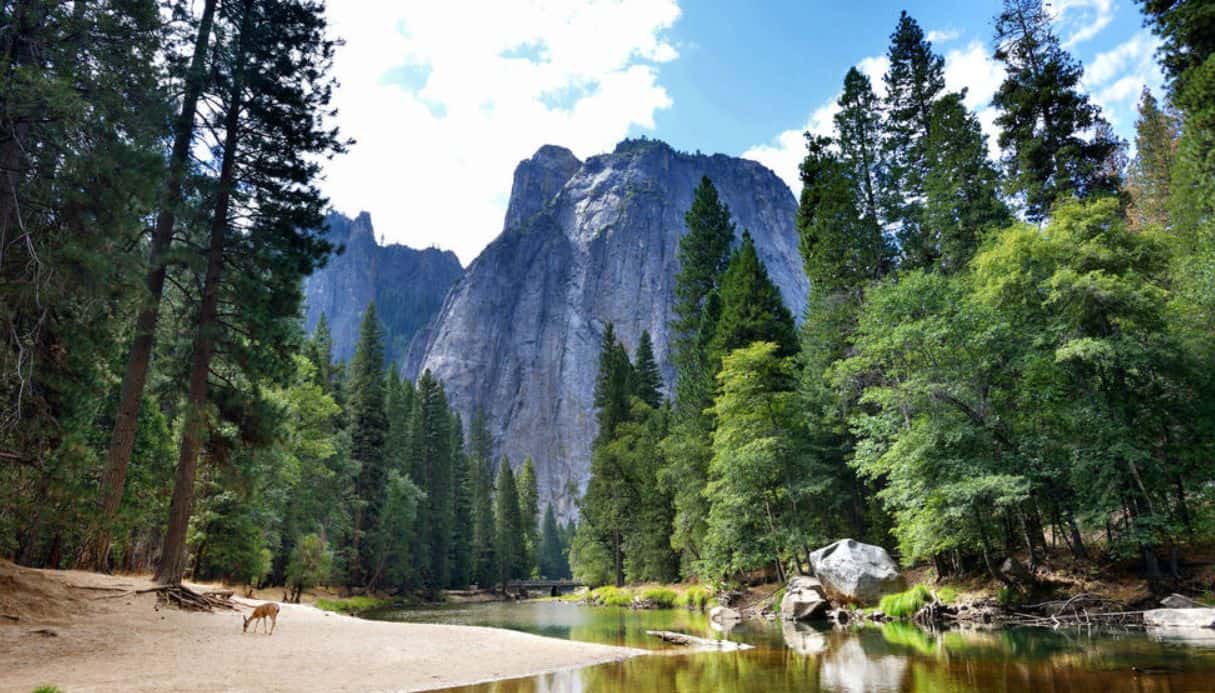The data is most worrying: each year in the United States more than 600,000 people disappear. Specifically, the latest figure offered by the National Crime Information Center (NCIC) was 2018, the year in which there were a total of 612,846 people who remained unaccounted for. On average, between 89 and 92% of them reappear, either with or without life. But what is most mysterious is that a good part of them end up getting lost in wild natural environments.
What is the reason for this eagerness to explore by so many American inhabitants, which in some cases ends up costing them their lives? One of the sources of information that collects all the data to know about this phenomenon is an organization dedicated to the search for the mythological being of Bigfoot. Believe it or not, in 2011 David Paulides, founder of North America Bigfoot Research, published a database on forest disappearances that occurred in “strange circumstances”, throwing the chilling figure that more than 1,600 people are currently missing in America’s Wilderness.
A three-year-old boy from North Carolina who disappeared in the middle of winter appeared three days later tangled in brambles
According to this report, most of them usually disappear in the late afternoon or just before a storm. Hence, bodies are often found without clothing or footwear and in impregnable areas. One of the hypotheses, when these cases occur, is that they could have died of hypothermia since in their terminal phase people tend to feel an unhealthy heat that makes them undress, points out ‘The New York Post’ in an article on the subject. The most intriguing thing is that in the case of children, many of them end up appearing kilometres away from where their tracks were lost.
Paulides observes that the biggest obstacle to trying to obtain information about missing cases is the bureaucracy presented by the National Park Service, hence it leads him to think that there is deliberate concealment of the real data on how and where these people disappeared and how many of them have been located, since “it would impact the public so much that the number of visitors to these areas would drop greatly,” according to his opinion. “I don’t think there is a conspiracy, but the National Park Service doesn’t quite report that there are dozens of tourists missing today in the Grand Canyon or Yosemite.”
All this casuistry of disappearance attracted the attention of journalist Jon Billman, who has been investigating these types of cases since the 90s and now publishes a book entitled ‘The Cold Vanish: Seeking the Missing in North America’s Wildlands’. In it, he details that most of the deceased are due to hypothermia, cliff falls or avalanches … but in the end, he admits being fascinated by those cases “that defy logic, in which something has happened that almost nobody can imagine,” he says.
Sometimes, even if all possible means are made available for the search, the efforts of the rescue services are in vain. In 2017, a middle-aged woman named Kara Moore disappeared into the Pictured Rocks National Lakeshore, a natural park in northern Michigan. Immediately, it was sought with the collaboration of dogs and they found nothing. Within a week, Moore returned home on her own feet. This made the authorities think that it was as if she had really vanished. Another 19-year-old named Joe Keller went jogging in the San Juan Mountains in southwest Colorado in 2015, never to return. After 13 days of intensive searching, the authorities did not find his whereabouts. He is still missing.
There is also a group of cases that could well be described as miracles. In January 2019, a three-year-old boy named Casey Hathaway vanished from his great-grandmother’s home in rural North Carolina. Temperatures plummeted below freezing and it was raining all night. Three days after he disappeared, the boy appeared alive and in perfect health, entangled in brambles less than a kilometre from the area of disappearance.
Loss of a family member is one of the worst psychological traumas a person can face. Of that, there is no doubt. Pauline Boss, a therapist specializing in these cases, coined the term “frozen grief” for this type of emotional distress. The National Institute of Justice calls the missing cases “massive silent disasters of the nation.” Legislation in most states fails to declare a missing person dead until seven years after their loss. At that time, they are declared deceased unless there is some evidence to the contrary.
